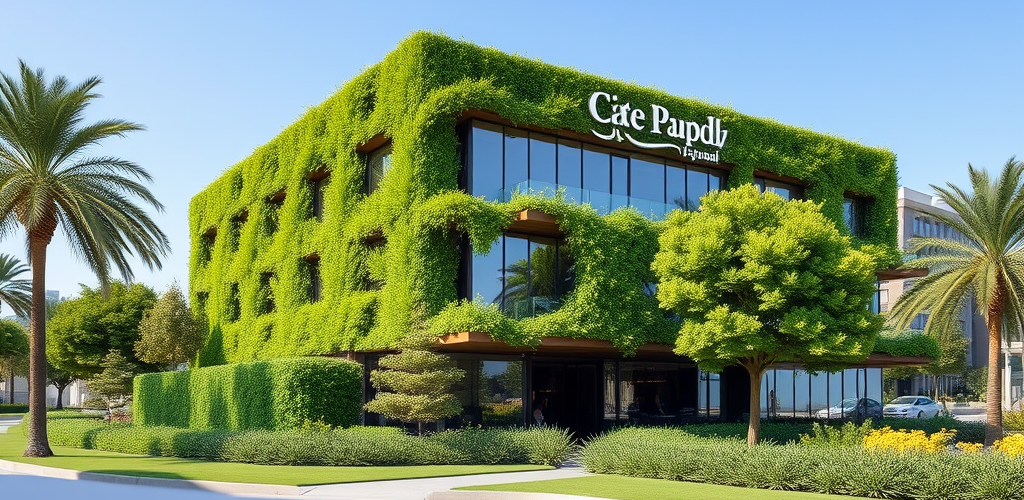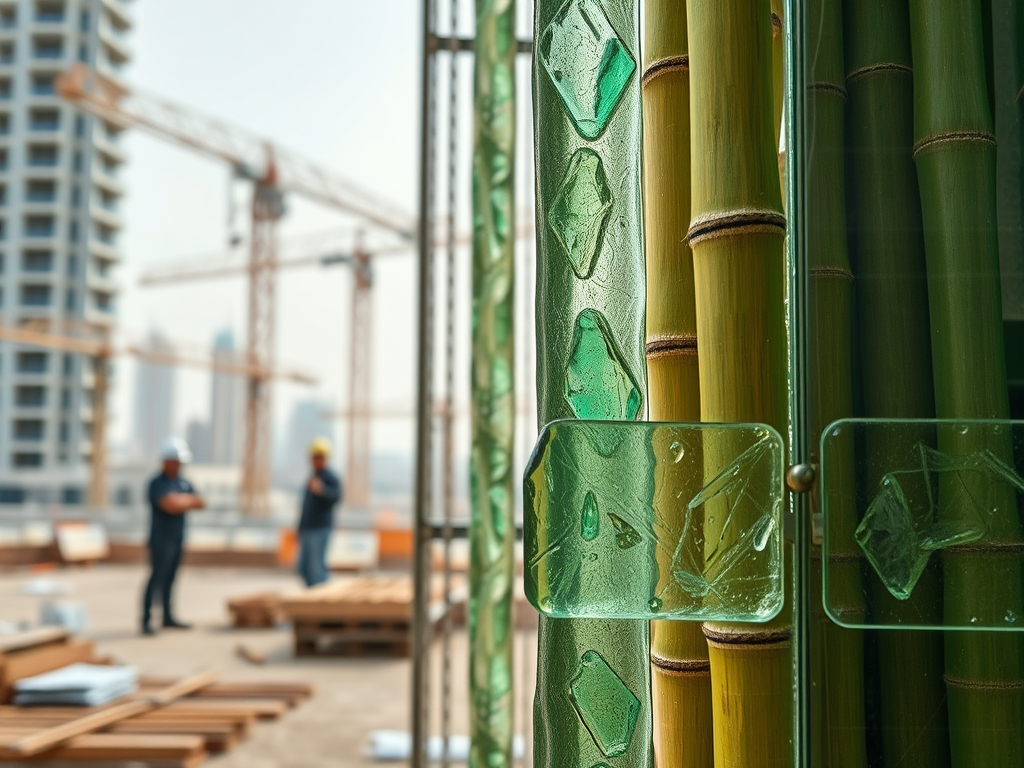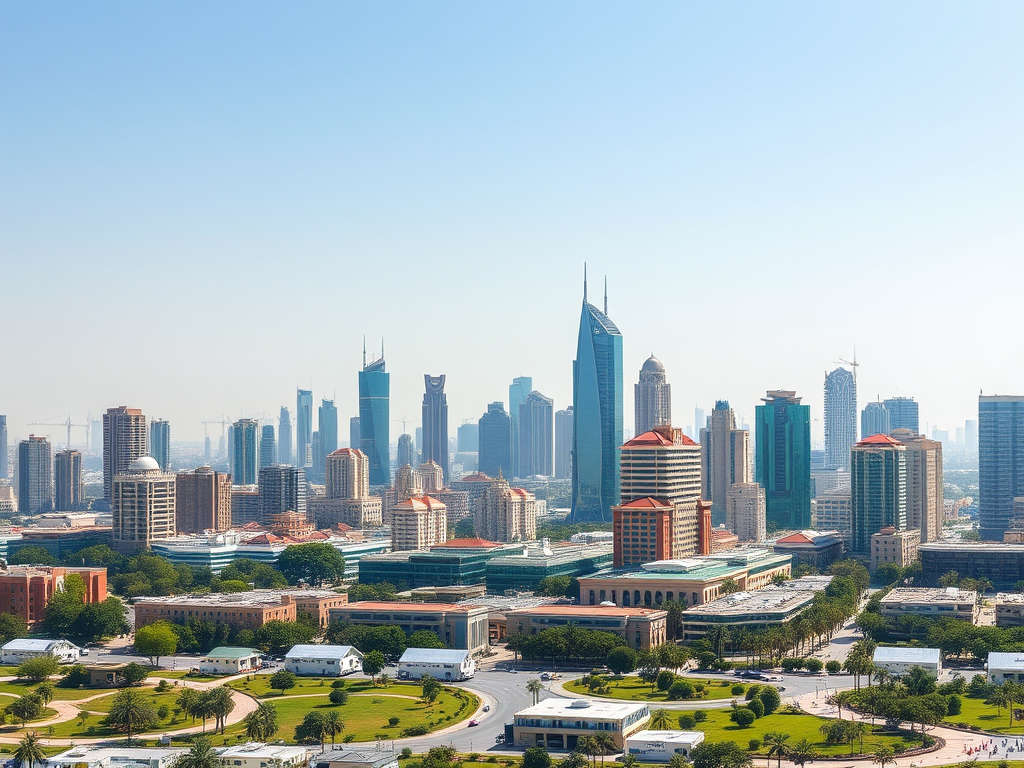The Role of Green Buildings in Dubai’s Real Estate Market
28.01.2025

Green buildings play a pivotal role in shaping Dubai’s real estate market, driven by the need for sustainable development in one of the fastest-growing cities globally. These environmentally friendly structures not only enhance the aesthetic appeal of the city but also contribute significantly to energy efficiency, reduced carbon footprints, and improved overall quality of life. As concerns over climate change and resource depletion intensify, the adoption of green building practices in Dubai has become both an opportunity and a necessity for developers, investors, and residents alike. This article delves into the various facets of green buildings in Dubai, including their benefits, the regulatory frameworks encouraging their development, and their impact on investment in the city’s real estate landscape.
Understanding Green Buildings

Green buildings are designed, constructed, and operated with a primary focus on sustainability and resource efficiency throughout their life cycle. They utilize materials and technologies that minimize waste and energy use, ultimately leading to an overall positive impact on the environment. Key features of green buildings often include:
- Energy efficiency and the use of renewable energy sources
- Water conservation methods, such as rainwater harvesting
- Selection of sustainable materials that reduce environmental harm
- Indoor environmental quality enhancements to ensure healthier living spaces
- Integration with surrounding nature to promote biodiversity
In Dubai, the implementation of such strategies is not only beneficial for the environment but also enhances property value, making green buildings attractive to investors and buyers alike.
The Regulatory Framework Supporting Green Buildings

Dubai has established robust regulations and initiatives to promote sustainable construction and innovation in the real estate sector. The Dubai Green Building Code sets the standards for new developments, ensuring compliance with sustainable practices. Additionally, the Dubai Municipality and the Emirates Green Building Council advocate for green building certifications like LEED (Leadership in Energy and Environmental Design) and Estidama, which assesses buildings based on their sustainability performance. These regulations encourage developers to:
- Incorporate eco-friendly designs and materials
- Opt for sustainable landscaping solutions
- Implement energy and water-saving technologies
- Provide thorough assessments of environmental impact during planning phases
- Engage in continuous community education about sustainability
The active involvement of the government not only helps improve the environmental credentials of buildings but also influences market dynamics by increasing demand for greener properties.
Economic Impacts of Green Building Initiatives
Investing in green buildings presents significant economic advantages for Dubai’s real estate market. The rise in awareness regarding sustainability continues to shape consumer preferences, leading to an increased demand for eco-friendly properties. As a result, developers who focus on green building can enjoy numerous benefits that include:
- Lower operational costs due to energy efficiency measures
- Higher property values and rental potential
- Attracting environmentally-conscious consumers and businesses
- Access to government incentives and subsidies for sustainable practices
- Enhanced marketability and differentiation from competitors
Moreover, these economic benefits create a ripple effect, encouraging further investment into the green real estate sector and contributing to the overall sustainability of the local economy.
Despite the numerous benefits and supportive frameworks in place, the transition to green buildings in Dubai is not without its challenges. Developers often face barriers such as:
- Higher initial costs associated with sustainable materials and technologies
- Lack of awareness and expertise in green building practices among construction professionals
- Regulatory hurdles and the complexity of achieving certifications
- Perception issues relating to the performance and return on investment of green properties
- Competition with traditional building practices that prioritize low upfront investment
By addressing these challenges through continuous education, government support, and stakeholder engagement, Dubai can further solidify its commitment to sustainability in its real estate sector.
Conclusion
The role of green buildings in Dubai’s real estate market is undeniably significant, functioning as a catalyst for sustainable urban development. As the city continues to grow, so too does the importance of integrating eco-friendly practices into its fabric. By prioritizing sustainability through regulatory measures, economic incentives, and community education, Dubai not only enhances its global standing as a forward-thinking metropolis but also fosters a healthier environment for its residents. The journey ahead may be fraught with challenges, but the rewards of investing in green buildings present a compelling case for all stakeholders involved.
Frequently Asked Questions
1. What defines a green building?
A green building is designed and constructed using processes that are environmentally responsible and resource-efficient, focusing on energy efficiency, water conservation, and sustainable materials.
2. Are there any certifications for green buildings in Dubai?
Yes, buildings in Dubai can achieve certifications through programs like LEED, Estidama, and the Dubai Green Building Code, which evaluates sustainability performance based on strict criteria.
3. Do green buildings cost more to build?
While the upfront costs can be higher due to sustainable materials and technologies, the long-term savings on energy and maintenance costs can offset these initial investments significantly.
4. How do green buildings impact property values?
Green buildings often enjoy higher property values and rental rates, as there is increasing demand from environmentally-conscious buyers and tenants willing to pay a premium for sustainability features.
5. What challenges do developers face when building green?
Developers may encounter challenges such as increased initial costs, regulatory complexities, lack of expertise, and perceptions about the return on investment for green properties.